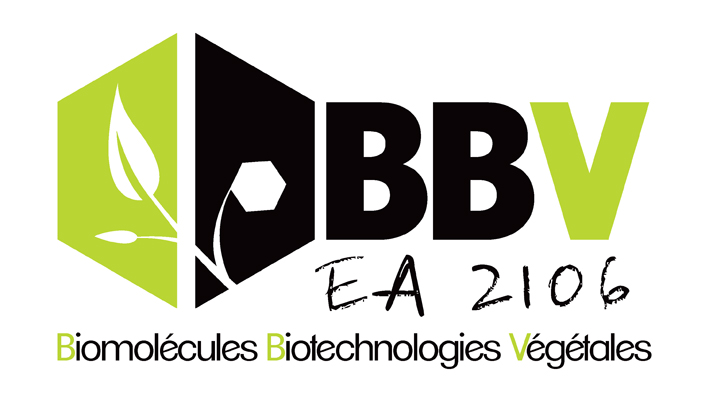MIACYC
Unveiling the machinery driving atypical cyclisation of monoterpenoid indole alkaloids for metabolic engineering
Our mission
Plants are an inexhaustible source of pharmaceutical compounds, essential component of our pharmacopeia. Unfortunately, these natural products (NP) accumulate in minute amounts in plants while their complex structures render total chemical syntheses highly impractical, leading to the overexploitation of natural resources.
Developing new and complementary approaches to produce highly valuable NPs is thus mandatory to secure supply at midterms while preserving natural resources. This can be notably envisaged through the conversion of abundant and simpler NP precursors that can be extracted from plants commonly grown in Europe.
It’s particularly true for the monoterpenoid indole alkaloids (MIAs), a class of NP used mostly in chemotherapies which are currently produced by semisynthesis resulting in limited supplies at exhorbitant market prices. MIACYC will focus on the elucidation of an atypical C-N indole cyclization of MIAs found in the biosynthesis of three emblematic MIAs : pleiocarpamine, vincamine and strychnine. These natural products endow with pharmacological properties and occur in three plant models (see below).
While the enzymatic reactions catalyzing the C-Nindole cyclization are still poorly documented, MIACYC aims identifying the corresponding biosynthetic reactions allowing the development of a new pipeline of pathway elucidation and opening doors for a sustainable production of these compounds and their potential derivatives through yeast metabolic engineering.
Exploiting yeasts to fight anticancer drug shortage : a motion design about our project




Follow us

Our last published articles
- Translating community-wide spectral library into actionable chemical knowledge: a proof of concept with monoterpene indole alkaloids
- Geissoschizine Cyclase: A Discovery Revolutionizing the Understanding and Synthesis of Pharmacologically Important Monoterpenoid Indole Alkaloids
- A GAME changer in steroidal metabolite biosynthesis
- Genome-based discovery of pachysiphine synthases in Tabernaemontana elegans
- Emerging trends in plant natural products biosynthesis: a chemical perspective
- Yeast Platforms for Production and Screening of Bioactive Derivatives of Rauwolscine
- Structural diversity and chemical logic underlying the assembly of monoterpene indole alkaloids oligomers
- Unlocking plant bioactive pathways: omics data harnessing and machine learning assisting
- Emerging trends in production of plant natural products and new-to-nature biopharmaceuticals in yeast.
see more publications

